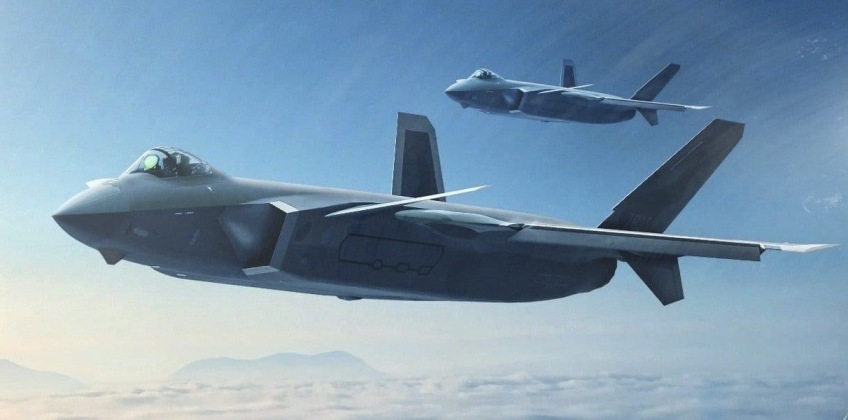News
Why the F-35’s Low Altitude Ceiling is a Major Drawback: Adversaries Will Almost Always Strike From Above
The F-35 is today in production on a scale surpassing all other Western fighter aircraft combined, and as the world’s only NATO-compatible post-fourth generation combat jet currently being manufactured it is expected to continue to play a central role in the modernisation of Western Bloc and allied air power for over a decade into the future. The fighter is at the cutting edge in terms of its avionics and stealth capabilities, and rivalled only by the Chinese J-20 which is also being produced on a very large scale, with the two aircraft considered near peer competitors that are in many respects in a league of their own. The older F-22, which is the only other Western fifth generation fighter to have been developed, notably uses 1990s avionics and lacks key features such as distributed aperture systems, helmet mounted sights and modern data links which seriously limits its combat potential. Where the F-35 falls short, however, is that in contrast to the J-20 and F-22 which were both developed as heavyweight twin engine fighters with excellent flight performances, it was built as a lightweight single engine aircraft with a much more modest flight performance in order to make it affordable for deployments on a very large scale. While this required sacrifices in a broad range of performance areas, from its manoeuvrability and missile payload to the size of its radar, one of the most significant but overlooked shortcomings of the F-35 remains its very low altitude ceiling.

Single engine fighters have generally had far lower altitude ceilings that twin engine ones, with heavyweights like the F-22 and J-20 able to operate at well over 18,000 metres, while even larger Russian interceptor aircraft such as the MiG-31 and its predecessor the MiG-25 can operate at well over 20,000m. Very large control surfaces, high thrust, specially configured engines, and in some cases thrust vectoring capabilities, are key enablers of high altitude operations, with the F-35 having none of these attributes which seriously limits its operational altitude. Operations from higher altitudes allow fighters to impart considerably more energy into their missiles, meaning an AIM-120D air to air missile launched from a maximum altitude F-22 will be able to reach targets tens of kilometres further than one launched from an F-35 could. As one of the primary roles of fifth generation fighters is to provide elevated sensors capable of gaining longer lines of sight over a radio horizon, the F-35’s inability to fly high is a major shortcomings which significantly limits its situational awareness. These issues are particularly serious considering not only that the F-22 and fourth generation fighters like the Russian Su-35 can operate much higher, but much moreso that the J-20, an aircraft with an F-22-like airframe but with F-35-level avionics, will have the advantage of flying on the verge of space and thus tacking F-35 units with a major altitude advantage should engagements ever occur. J-20 vs. F-35, F-35 vs. J-20,












